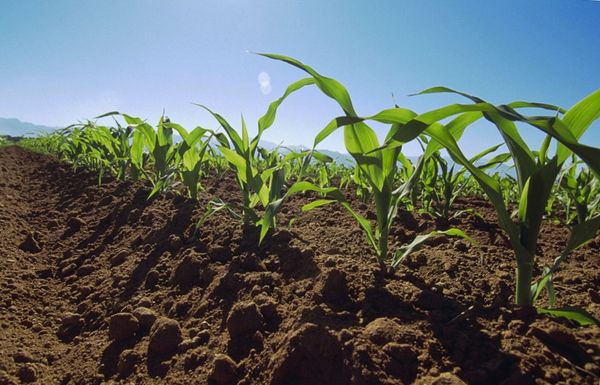Corn, like any vegetable crop, requires attention and responds to care. Making the necessary fertilizers and dressings at the right time significantly increases the yield, improves the quality of the product.
It is important to notice the shortage of necessary substances in the soil and to react. Also, farmers often try to feed the corn after sowing and use for this purpose some microfertilizers, folk remedies, saltpeter. All means to fertilize need to make according to the regulations.
Table of contents
The need for feeding corn
In addition to the introduction of shock doses of basic fertilizers in the cultivation of light or "tired" lands, fertilizing is required.
Vegetable always signals it leaf color, size, quantity, quality of inflorescences and cob. In time spent dressing correct the situation.
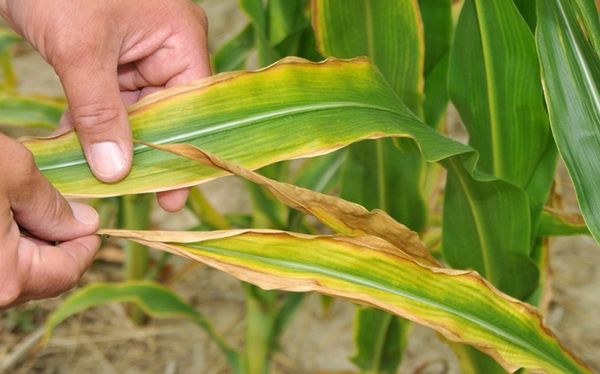
Types of dressings and application rates for good growth and yield
There are many types of additives, each fulfilling a specific role. It is not necessary to wait until the vegetable goes into the fasting phase.
Black Earth steppe regions most often suffer from a lack of phosphorus and nitrogen elements. The introduction of a planned fertilizer before planting does not cope with the main task, as top-dressing of this kind is quickly washed out or loses its strength in the summer, when the corn picks up color, begins to form an ear.
Forest-steppe, more northern regions need complex mineral fertilizer. Feedings are also produced as a deficiency is found.
It is necessary to use this or that fertilizer at different times of the year, since their term of action is different, as is the period of the splitting of elements into substances digestible for corn.
Organic
Vegetable readily responds to the introduction manure and black soil in loamy and sandy soils. Organics contribute in the fall, but in the spring, before planting, it will not be superfluous to close up the black soil in the planting holes.
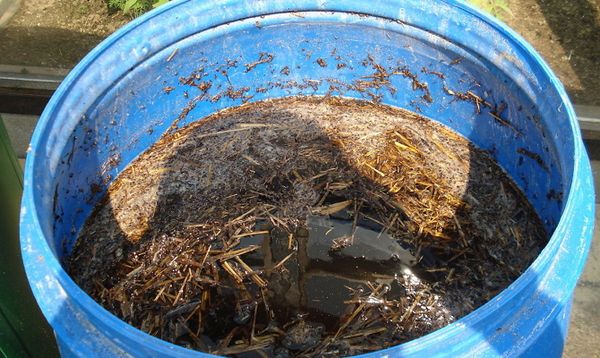
Fresh dung worth using only in the form of mulleinpoured with water in a barrel, and aged for 3 to 5 days.
10 kg fresh manure need to fill 50 liters of water. After 5 days, dilute 1 - 2 liters of the present mullein per 10 liters of water. Bring directly under the root after careful watering. at the beginning of the formation of peduncle.
The lack of organic matter can be found on features such as:
- Light, thin stem of the germ;
- The soil around the stem becomes a crust after the soil dries.
Mineral fertilizers
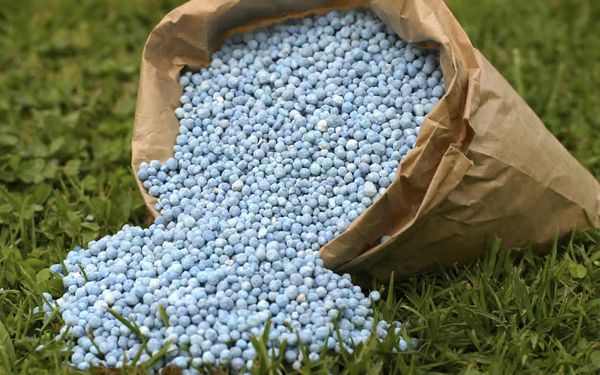
Gardeners who independently calculate the amount of the necessary substances should take into account that when combining mineral substances and organic matter, stick to 2 to 1 ratio. The more you add organic compounds, the less mineral you need.
Nitrogen
In the spring - mainly fertilizer application, 50% of the total amount is buried in the soil, and the remaining 50% is fertilized, since nitrogen is quickly absorbed by the soil.
The first feeding is made when forming the first 5 leaves, the second - at the time of formation of peduncle.
Lack of nitrogen is easily recognized by the state and color of the leaves. Their thin, unlike healthy plants foliage and color, turning into a yellowish, they say about the lack. At the first detection of such changes, you must immediately take action. It shows itself well for the rapid reduction of nitrogen in the soil ammonia water.

Experienced farmers and gardeners immediately after the end of flowering, process the plant 30% every 10 days urea solution. This trick increases yield by 15 - 30%.
Potash and Phosphorus
These elements are most often brought in together.
- Due to the presence of phosphorus, potassium is more easily absorbed by the plant.
- With the help of these elements, the plant gains the necessary mass, it tolerates cold more easily;
- Potassium is needed for proper distribution in the plant water;
- Phosphorus responds for timely, high-quality education of grains and leaf;
- The use of these components reduces the incidence of rzoy.
If plant not enough potassium, it can be understood by such signs as:
- The edges of the leaves begin to acquire a wavy shape;
- The leaf turns dark green;
- Light spots appear on the tips of the leaf, which eventually turn brown.
Phosphorus starvation can be seen in the early stages, and most often a young plant is subject to it:
- On a small sprout too green leaves;
- Plant growth is slow;
- The edges of the lower leaves from the inside begin to acquire a purple hue.
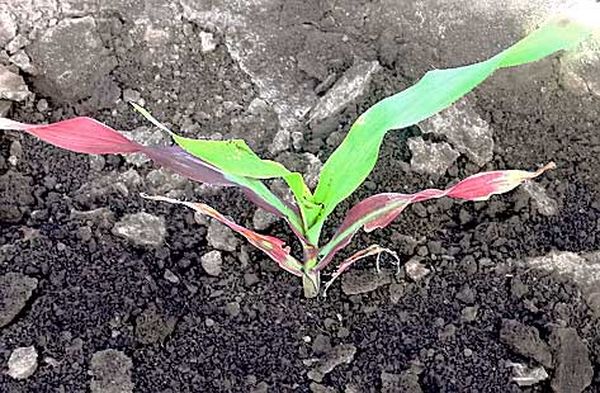
During the growing season, at the stage of 6 - 7 leaves, the following are inserted in the aisle:
- Superphosphate at the rate of 3kg / ha;
- Potash fertilizers - 0.5 kg / ha.
Sheet top dressing with carbamide
This is the fastest and most qualitative method of nitrogen transfer to the plant. It is relevant when the plant is still did not have time to experience nitrogen starvation. Urea improves the permeability of fertilizer elements through the sheet. It is readily used as a conductor for the application of top-dressings of various types, the application of pesticides.
Sheet top dressing spend on healthy plants. At a temperature not higher than 20 degrees, in calm weather.
Most often, a solution of urea is used together with sulfur and magnesium, which are just as easily absorbed by the plant through the leaves.
Treatment solution must be a maximum of 5 - 6%, otherwise you can burn the leaves. But at the same time, the flow rate of the solution should be at least 250 l / ha.
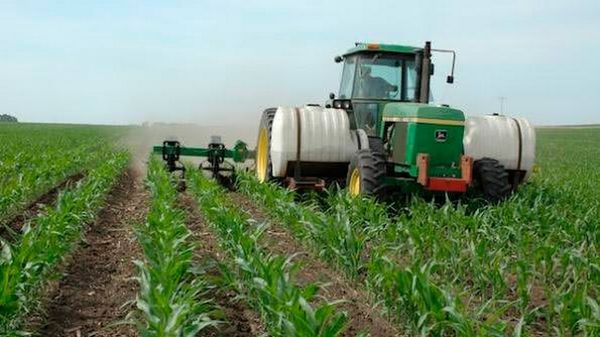
Advantages and disadvantages of fertilizers and folk remedies
The advantages include the following conditions:
- With the use of fertilizers, the plant receives all the necessary trace elements, which are insufficient in light soils;
- Plant less sick;
- The plant is less susceptible to pests;
- Yield increases;
- The risk of “starvation” of the land for the next year is reduced.
The disadvantages can be attributed only to the inept handling of dressings:
- In the race for yield satiety land artificial fertilizers for a long time deprives of its fertility;
- The satiation of products with microelements can cause allergies and chronic diseases in humans.
Proper use of fertilizers, both during the main autumn, spring period, and foliar dressings, will bring a healthy, harmonious harvest. If you are not sure of the need to make one or another element, you should make sure and only after that use it.
